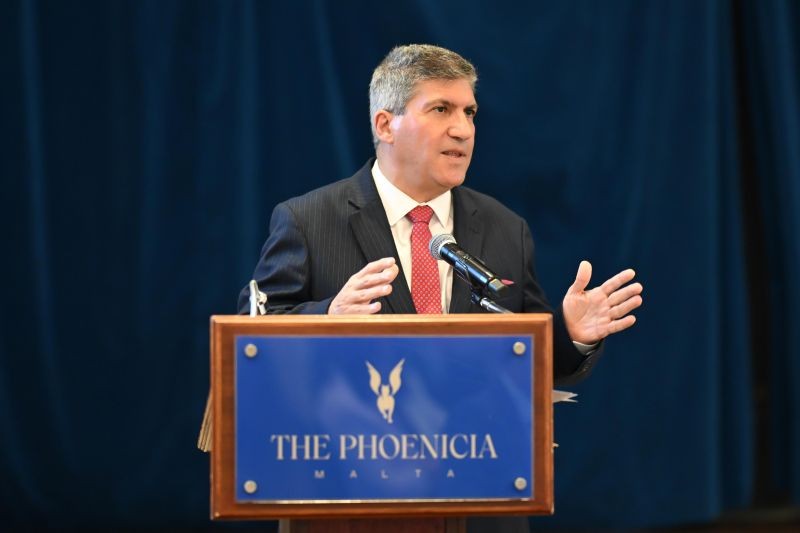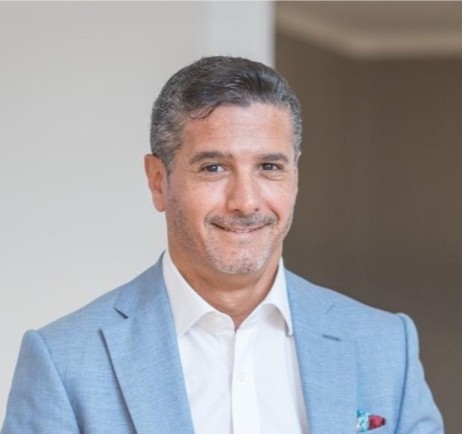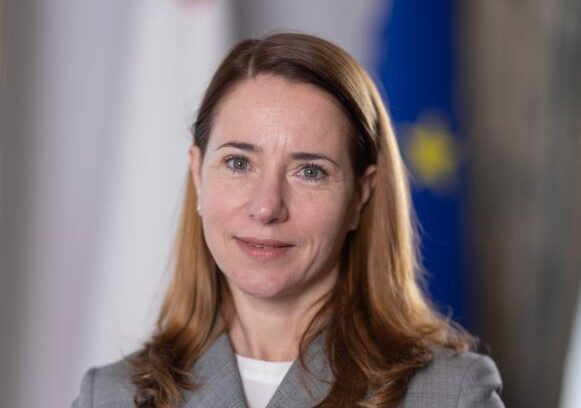A toxic workplace doesn’t emerge overnight. It festers in silence – the unreported comments, the dismissive attitudes, and the fear of speaking up.
Harassment is not always overt; sometimes, it manifests as a slow erosion of trust, dignity, and psychological safety.
Mariella Baldacchino, Founder of Empleo, recently highlighted this issue in a LinkedIn post, emphasising the need for companies to address workplace harassment proactively. The impact of a toxic work environment extends beyond individual distress; it damages productivity, increases employee turnover, and tarnishes an organisation’s reputation. More significantly, the human cost is severe – employees face heightened stress, anxiety, and in some cases, loss of livelihood.
When employees feel unheard, undervalued, or intimidated, it affects every aspect of a company’s operations.
A toxic workplace leads to:
- Declining productivity – Employees who feel unsafe or unsupported struggle to perform at their best.
- Higher turnover – Talented employees leave organisations that fail to address toxic behaviour, leading to costly recruitment and training processes.
- Reputation damage – News of workplace harassment can quickly spread, making it harder to attract top talent and business partners.
- Legal consequences – Under Malta’s Employment Law, employers have a duty to provide a safe and respectful work environment. Failure to do so can lead to serious legal and financial repercussions.
Are policies enough?
Having policies in place is essential, but they must be more than just words on paper. Employers must actively foster a culture where employees feel safe reporting concerns without fear of retaliation.
Key questions to consider include:
- Are employees encouraged to speak up? – Many workplace harassment cases go unreported due to fear of backlash. A culture of transparency and trust is crucial.
- Are policies being enforced? – Having anti-harassment policies is not enough; they must be actively implemented and enforced.
- Is leadership held accountable? – Workplace culture starts at the top. Leaders must be trained to recognise, prevent, and address harassment effectively.
Creating a safe and respectful workplace
Building a workplace free of harassment requires commitment from leadership, HR, and employees alike. Employers can take the following steps to prevent and address workplace harassment:
- Implement Clear Reporting Mechanisms – Employees must have safe, confidential channels to report harassment without fear of retaliation.
- Provide Regular Training – Training should educate employees and leaders on recognising, preventing, and addressing harassment.
- Take Reports Seriously – Every complaint must be investigated thoroughly, with appropriate action taken.
- Foster a Culture of Respect – Workplace culture must prioritise psychological safety, inclusivity, and mutual respect.
- Hold Perpetrators Accountable – Regardless of position, those engaging in harassment must face consequences to reinforce a zero-tolerance policy.
If you are facing or witnessing workplace harassment, knowing your rights is the first step. Malta’s employment laws provide protection, and employees should not hesitate to seek legal advice or contact the relevant authorities if necessary.
Malta team is RS2’s ‘technological engine’ says CEO amid Visa USA partnership
Radi El Haj spoke to MaltaCEO.mt about RS2’s recent collaboration with Visa USA Inc.
7 ways self-awareness can instantly improve your presentation skills
The path to presentation excellence begins with self-awareness.
Alison Micallef appointed CEO at Malta Development Bank
She steps into the new role effective immediately.
Impact beyond profit: CSR in Malta is a must in 2025
Nowadays, corporate social responsibility can no longer take a backseat in your business's vision.









